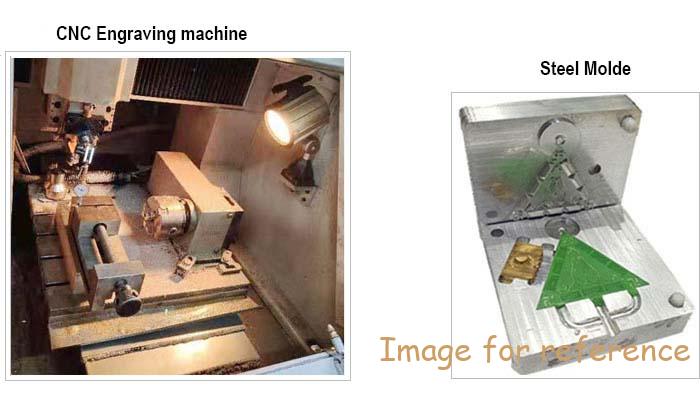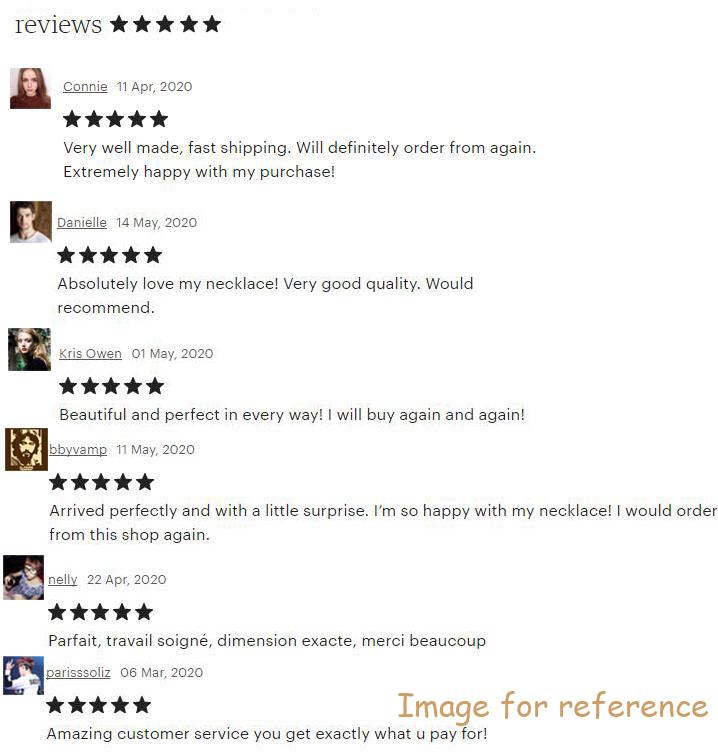el llamado “perla china” generalmente se refiere a perlas cultivadas de agua dulce. Más que 95% de las perlas cultivadas de agua dulce del mundo se producen en China (el resto son de japon). La producción anual de China supera las 600t.
Antes 1980, debido a la planificación unificada de la producción y las transacciones unificadas para la exportación., La producción aumentó de manera equilibrada y los precios aumentaron gradualmente.. “perlas chinas” son famosos por su “buena calidad y alto precio”.
En 1981, la situación de gestión unificada fue destruida, entonces la producción se disparó, y la calidad y el precio de venta cayeron drásticamente. “perlas chinas” fueron considerados como “calidad inferior y precio bajo.”
En 1985, en base a las características del mercado internacional y las condiciones específicas de nuestro país, el Consejo de Estado incluyó las perlas como producto de exportación de primera clase e implementó una gestión unificada. Con el apoyo de departamentos y regiones relevantes., el orden de producción y exportación se gestionó rápidamente. En 1986, el volumen de exportación aumentó sustancialmente, superando eso en 1980 por más de tres veces. “perlas chinas” se han convertido en un producto de moda en el mercado internacional.
Sin embargo, los buenos tiempos no duraron mucho. En algunas zonas del sur, Grandes superficies de cultivo de arroz han sido destruidas.. El período de recolección de perlas se ha reducido de tres veranos y dos inviernos a ocho meses., y la producción de perlas ha perdido el control. Miles de perlas reunidas en Guangzhou. Con el “importaciones paralelas” (perlas de calidad inferior) en sus manos, Los pobres han arrinconado las exportaciones normales del país.. En 1987, la exportación normal fue de sólo 30t, y la exportación mensual de “importaciones paralelas” alcanzó las 10t. En 1988, Las exportaciones del canal normal cayeron a 1/4 de 1986. Los departamentos pertinentes han adoptado diversas medidas para bloquear las importaciones paralelas., pero el efecto no es bueno. Por lo tanto, se decidió utilizar medios económicos para cooperar con la gestión administrativa, y estableció el Departamento de Comercio de Perlas en Guangzhou, donde el “importaciones paralelas” estaban concentrados, y la “importaciones paralelas” fueron detenidos gradualmente. En 1990, cerca de 200 toneladas de perlas fueron exportadas por el Ministerio de Comercio, y “perlas chinas” una vez más salió del abrevadero.
En los últimos años, China ha logrado buenos resultados en investigación científica y cultivo de perlas de agua dulce, perlas de mar y perlas del mar del sur. Japón, que originalmente monopolizó la producción de perlas de agua de mar, estuvo restringido por factores como la contaminación del agua del mar y el aumento de los precios laborales. No sólo no podría seguir desarrollándose, también se estaba encogiendo. Por lo tanto, La gente en la industria internacional de las perlas es generalmente optimista sobre el negocio de las perlas de China..
La perla es un accesorio popular en joyería.. La princesa Diana del Reino Unido dijo una vez: Si solo puede haber una joya, es una perla.
Diseño del fabricante de joyas OEM/ODM personalizado sus propias joyas
Empecemos : mo@kingjy.com
Guangzhou Jingying Enfoque en collares de anillos al por mayor de pendientes de pulseras de brazaletes de plata esterlina 925 joyas,oro de plata esterlina chapado con 18k,14K,24K oro amarillo,oro blanco y oro rosa. Es capaz de personalizar joyas de plata esterlina varios diseño,marca de logotipo u otras palabras por grabado láser de acuerdo con el requisito del cliente.
Nuestra capacidad de producción mensual está a la altura 50,000 Piece de pulseras Pendientes del collar Joyas del anillo. Entrando en una asociación con los supermercados,cadena de joyería,tiendas de salida,mayorista de joyas,Compañía de la marca de comerciantes y joyas,Professional Proporcionar Joyas personalizadas y producción en masa de alta calidad 925 servicio de joyería de plata esterlina.













